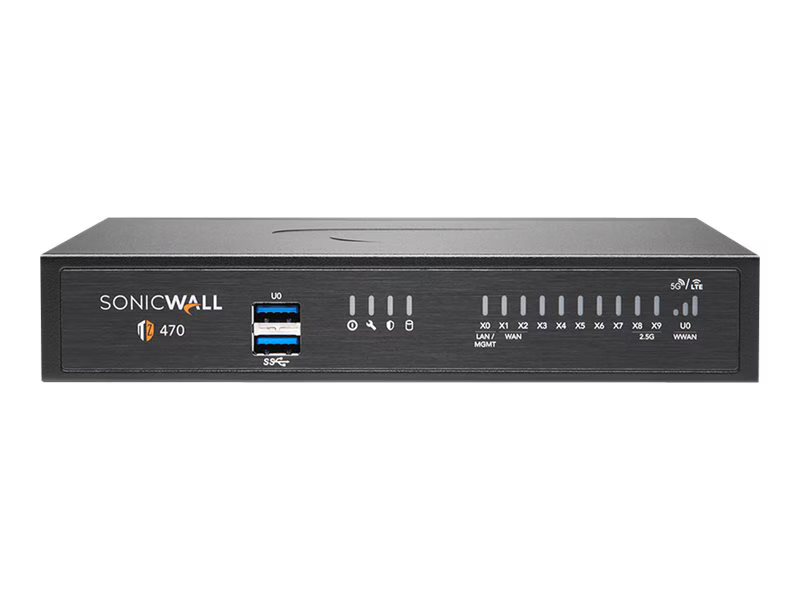A high severity vulnerability in the SonicWall SonicOS firmware has been identified and publicly disclosed. Network administrators are being urged to apply updates immediately due to the risk of remote attackers causing Denial of Service conditions on impacted firewalls.
What the vulnerability involves
The flaw is tracked as CVE 2025 40601 and it affects certain Gen 8 and Gen 7 hardware as well as virtual firewall units running SonicOS. It is described as a stack-based buffer overflow in the SSLVPN service of the appliance operating system. According to SonicWall the vulnerability could allow a remote unauthenticated attacker to cause the firewall to crash.
SonicWall stated there is currently no confirmed exploitation in the wild and no proof of concept has been publicly released.
Affected products and versions
Impacted models include Gen 7 hardware firewalls (such as the TZ series, NSa series, NSsp series) and Gen 8 hardware devices. Also included are virtual firewalls (NSv) for VMware, KVM, Hyper-V and cloud platforms.
SonicWall recommended updates for each affected branch of the product line to versions that correct the vulnerability.

Why the risk is significant
Because the SSLVPN service is frequently exposed to the internet for remote access, the vulnerability presents a meaningful risk. If an attacker can trigger the buffer overflow they could crash the firewall, potentially disrupting business connectivity, remote access and network security services.
Even though the vulnerability is labelled as a crash-type exploit (Denial of Service) rather than remote code execution, the impact on availability and trust in the network perimeter can be severe.
Recommended mitigation steps
- Verify whether your firewall devices are among the affected models and running vulnerable firmware versions.
- Where updates cannot yet be applied, disable the SSLVPN service or restrict access to the management interface to trusted sources only.
- Ensure that remote access services to the firewall are monitored and logged, and look for any anomalous activity, failed connections or sudden process crashes.
- Review and apply strong password policies for privileged accounts and enforce multi-factor authentication where provided.
- Maintain firmware update discipline for all network infrastructure devices, especially those exposed to remote or internet access.

Final observations
While the vulnerability currently appears to be exploited only as a crash event and with no reports of remote code execution, the presence of a stack-based buffer overflow in a network-facing service on security appliances should serve as a clear alarm for organizations.
Treating firewall devices as critical assets in the security environment means keeping firmware up to date and reducing exposure of remote access services from untrusted networks.
Given your cybersecurity engineering background, you may want to incorporate this advisory into your threat-hunting dashboards and ensure any firewall assets under your purview are patched or otherwise mitigated promptly.




